What Animals Live In Nicaragua?
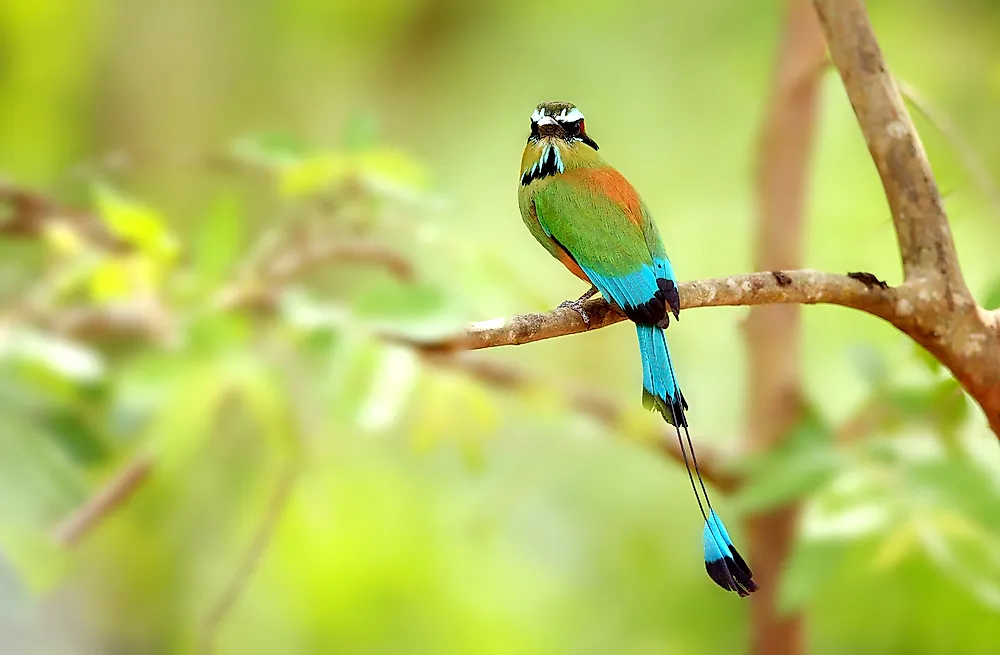
Nicaragua has a high level of biodiversity. Currently, Nicaragua has 78 protected areas covering about 17% of the country’s landmass. Much of the country’s wildlife lives in such areas that cover a wide variety of habitats. Some of the iconic animals living in Nicaragua are as follows:
Brown-throated Sloth
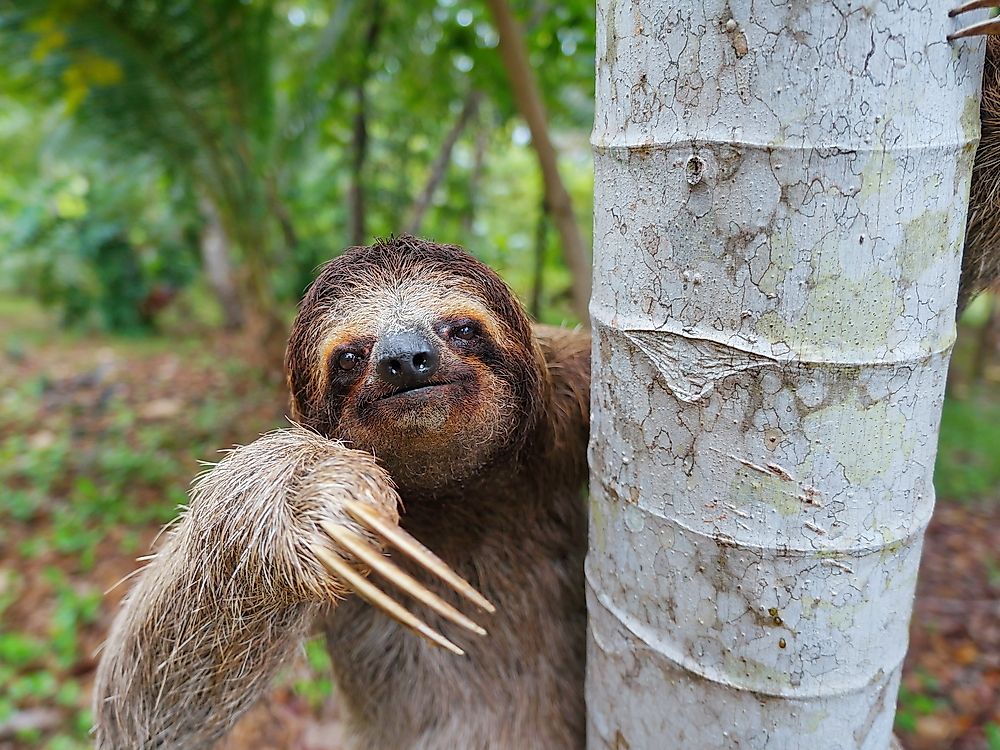
The Bradypus variegatus is a species of the three-toed sloth. It is found in the neotropical ecozone of Central and South America including Nicaragua. These sloths are arboreal mammals that are extremely slow-moving, traveling at an average speed of only 0.24 km per hour. They are the size of about a large domestic cat or small dog. Each limb of these animals bears three claws. They are agile swimmers but slow in trees. They spend most of their time clinging to trees in their habitat. Algae growing on their fur give them a greenish appearance which helps camouflage them in their habitat. They spend 15 to 18 hours a day sleeping. The rest of the time they feed on leaves of the plants where they reside. They have few natural predators like jaguars and harpy eagles.
Northern Tamandua
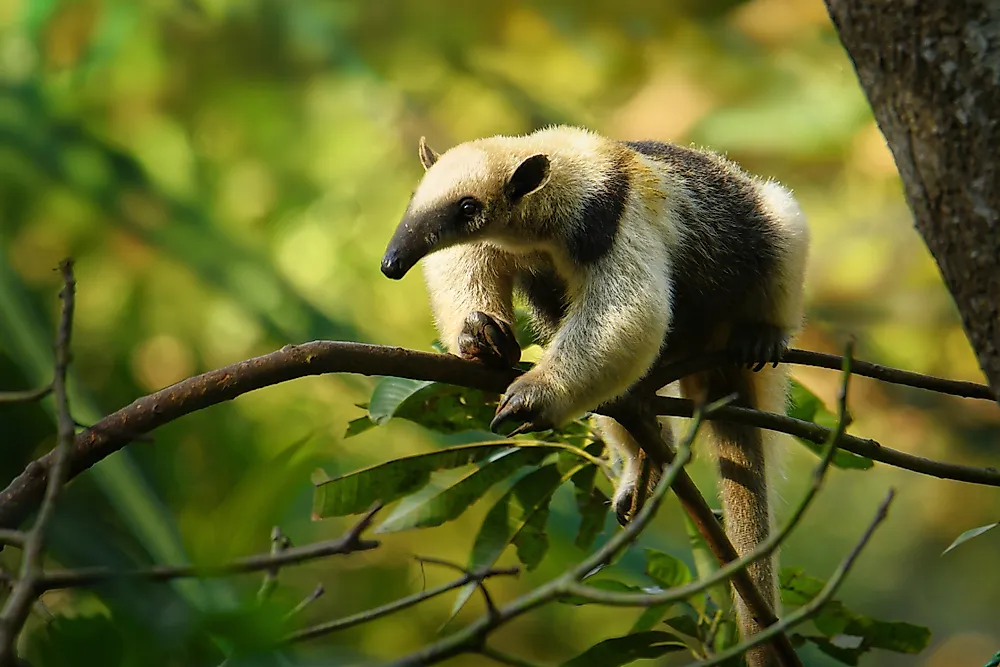
The Tamandua mexicana is an anteater belonging to the family Myrmecophagidae They are found in the tropical and sub-tropical forests of Nicaragua and other parts of Latin America. The species is medium-sized with a prehensile tail, elongated snout, and small ears and eyes. Yellow fur covers most of the body except for black patches in some portions. Anteaters are primarily nocturnal in nature and diet on termites and ants during their active hours. Occasionally, they also feed on plant parts and other insects.
Great Green Macaw
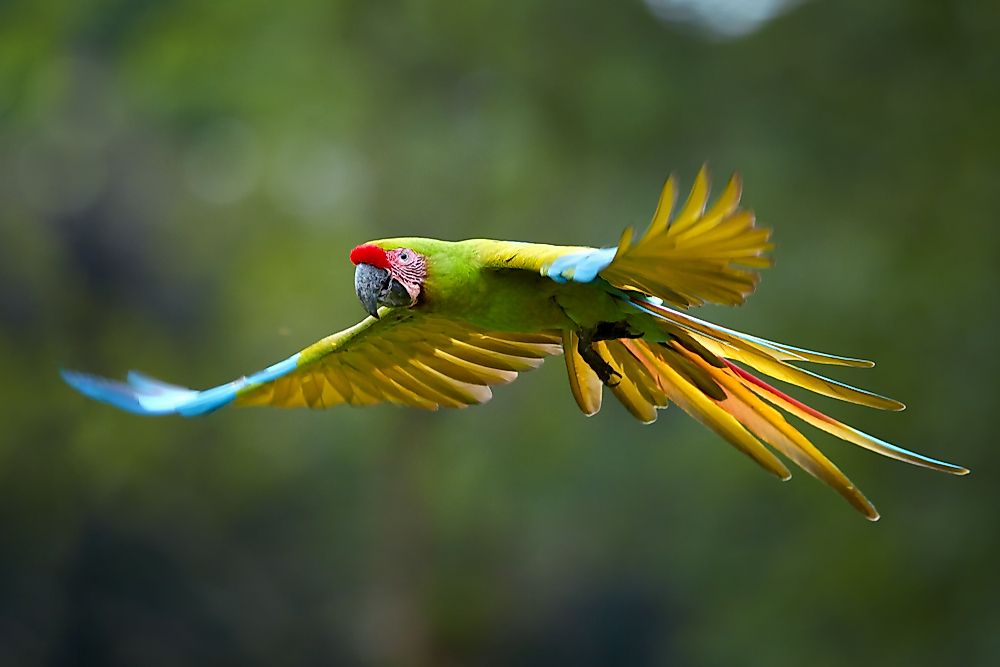
The Ara ambiguus is a Central and South American parrot that is found in Nicaragua. It lives in the canopy of tropical rainforests where it feeds on 37 species of trees including the wood almendro. It is especially dependent on the almendro tree so much so that it migrates depending on the asynchronous ripening of the fruits of this tree. Since it has such specific habitat requirements, the great green macaw faces a considerable threat from habitat destruction. IUCN has labeled this species as Endangered on the Red List.
Mantled Howler
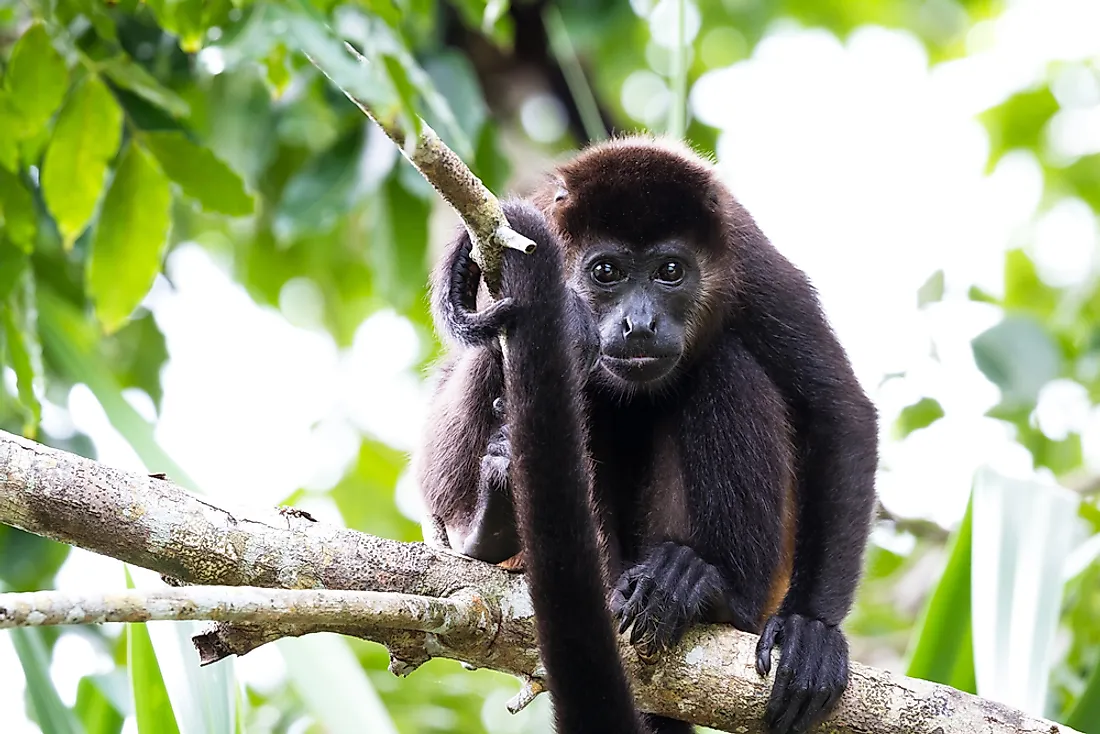
The Alouatta palliata is a howler monkey species that is found in Nicaragua. Long guard hairs on the sides of this monkey give it its name. This species can weigh up to 9.8 kg. It is largely folivorous in nature or consumes leaves. Other than feeding, the monkey spends most of its time sleeping or relaxing in the trees. The enlarged hyoid bone in the vocal cords of male mantled howler monkeys allows them to amplify their calls. It allows easy communication between them without the need to spend energy on making loud noises. These monkeys live in large groups of around 40 members with the alpha males enjoying the preference for food and resting place.
Nine-banded Armadillo
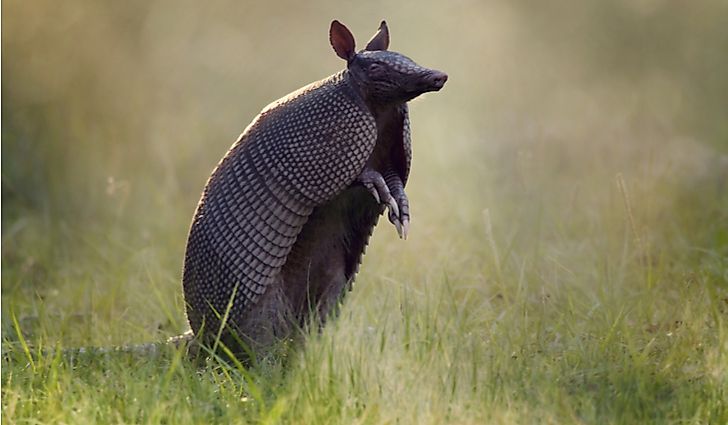
The Dasypus novemcinctus is a medium-sized mammal that has a widespread distribution in the Americas. In Nicaragua, it is found in the warm, rainy habitats of the country. These animals are solitary and nocturnal creatures that feed on insects like ants, termites, and others. The nine-banded armadillo has great speed and agility. It can also jump up to 3 to 4 feet in the air if threatened. Predators find it difficult to match to the speed of these animals let alone breach their hard carapace. Juveniles with softer carapace are thus easier targets.
Bull Shark
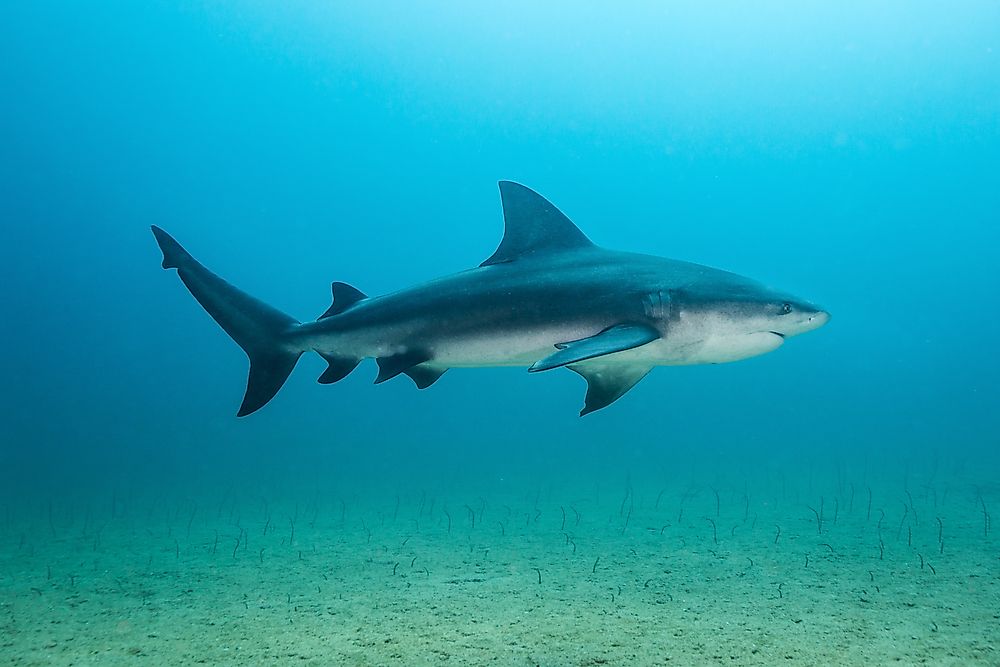
The Carcharhinus leucas is a near-threatened species found worldwide in rivers and seas. Warm, shallow waters are their preferred habitats. This species can survive and thrive in both marine and freshwater environments. These sharks can also migrate upstream of rivers for long distances. In Nicaragua, these sharks are found in the offshore waters as well as Lake Nicaragua and the San Juan River that drains it. Bull sharks prey on other fish, sharks including members of its species, turtles, dolphins, birds, terrestrial mammals that enter the water, etc. These animals hunt in murky waters using the bump-and-bite technique.
Wild Cats
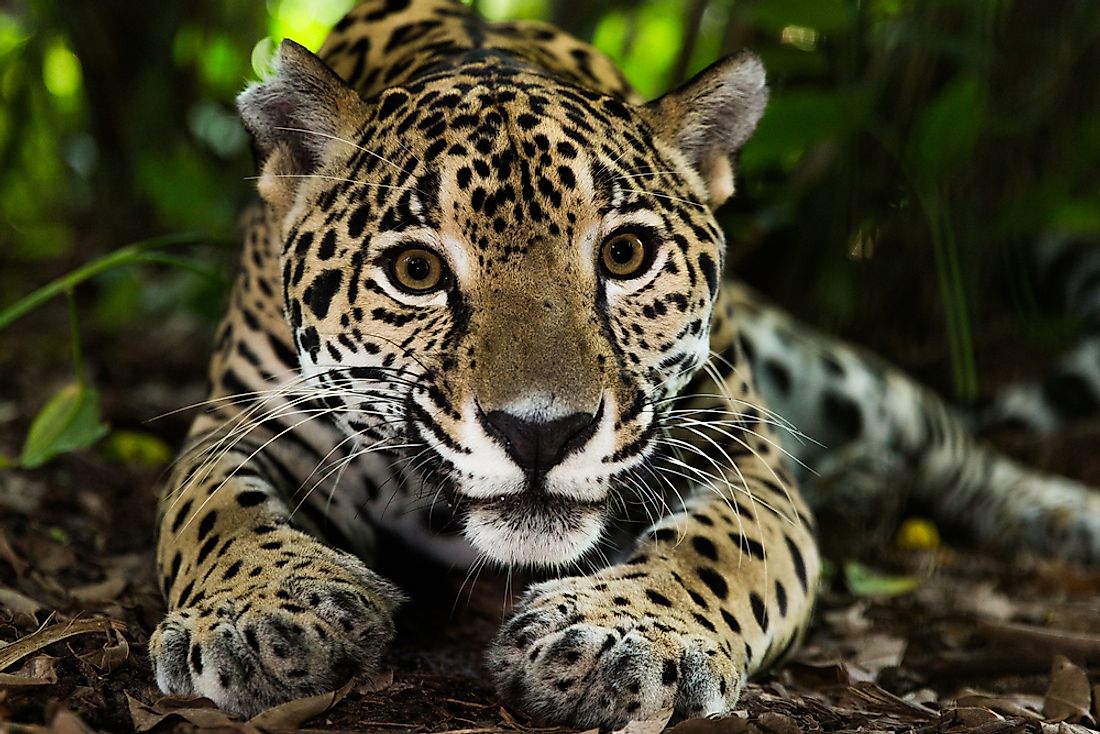
Several species of felids are indigenous to Nicaragua. The jaguar is the largest among them. The cougar is the second largest wild cat found in the country. The jaguarundi, ocelot, and margay are other wild felids living in Nicaragua. All of them are carnivores that feed on a variety of prey depending on their size. Most of them are nocturnal or crepuscular and solitary by nature.
Geoffroy's Spider Monkey
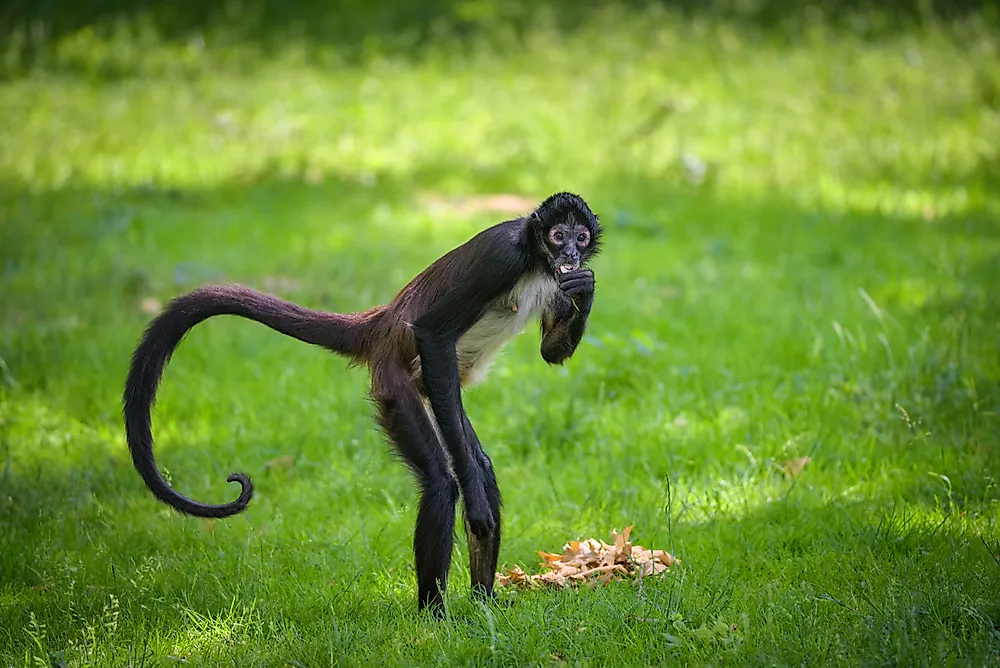
An endangered species, the Ateles geoffroyi is a New World monkey living in Central America. It is one of the largest species of New World monkeys. It has arms that are significantly longer than its legs. Its prehensile tail functions as an additional limb. The Geoffroy's spider monkey feeds on ripe fruit. Vast tracts of forests with sufficient fruit-bearing trees are necessary for its survival. Due to habitat loss and capture for the pet trade, the species has been labeled as Endangered by the IUCN.
Turquoise-browed Motmot
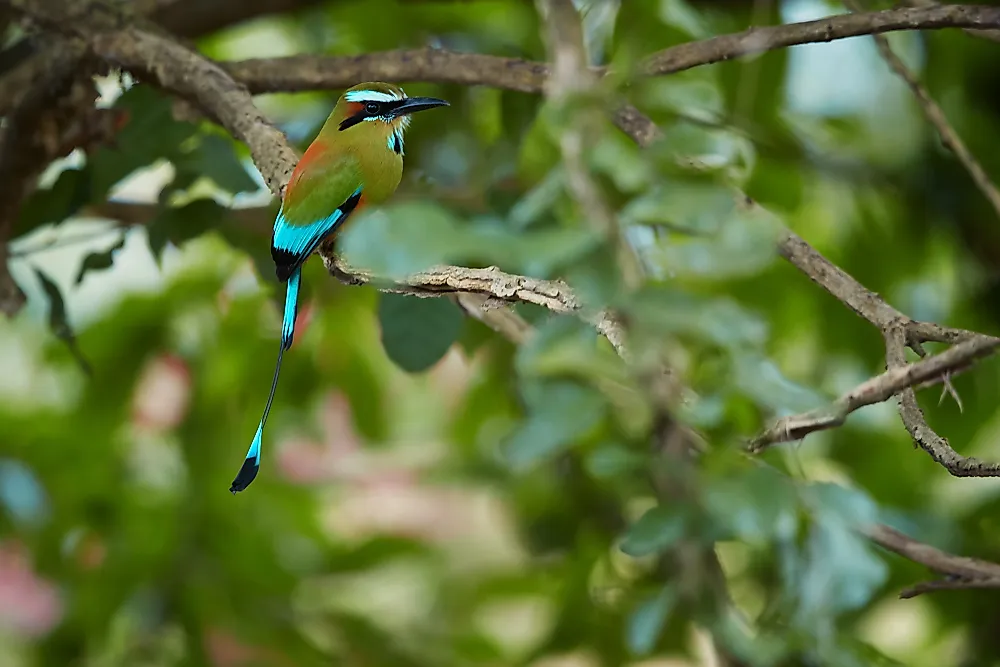
The Eumomota superciliosa is a medium-sized colorful bird found in Central America. It is called guardabarranco in Nicaragua where it is the national bird. It lives in fairly open habitats like scrubland, gallery forest, and forest edges. Insects and small reptiles constitute the prey of this bird. Unlike most other birds where males have elaborate features to attract females, both sexes of this species have extraordinary racketed tails. The males use this feature for attracting a mate while both the sexes use it as a wag-display to warn off predators.
Sea Turtles
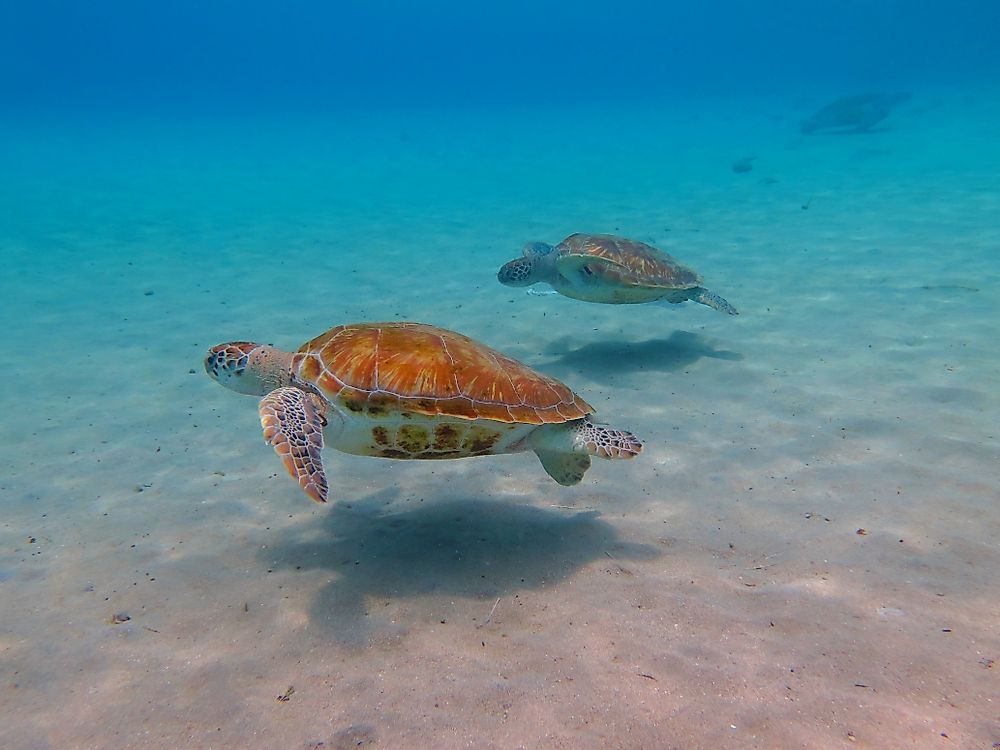
Nesting populations of several species of sea turtles including the loggerhead sea turtle, hawksbill sea turtle, olive ridley sea turtle, and others are found in Nicaragua. All of these turtles are threatened species with globally declining populations.











